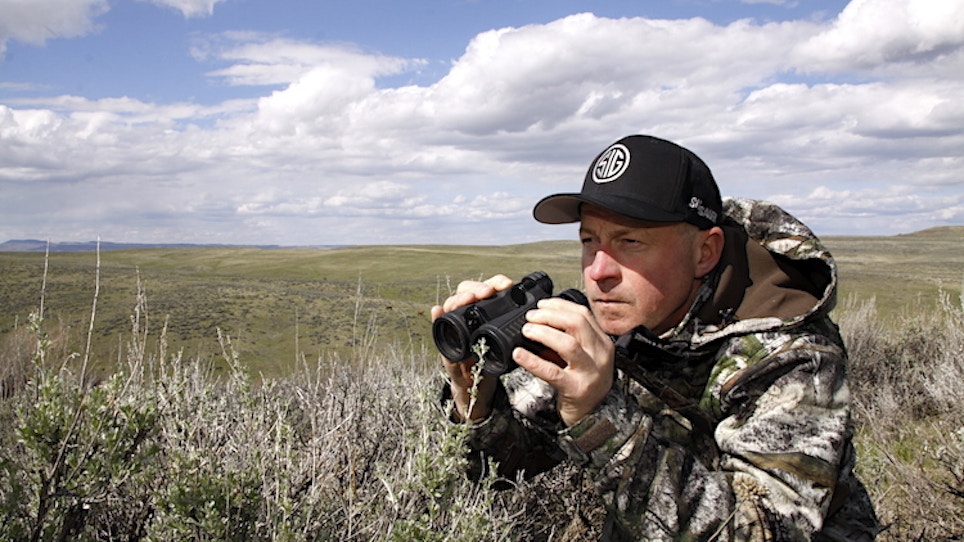
If you're hunting big tracts, don't overlook the smaller areas inside the boundaries where other hunters may not go or outright ignore. Search for smaller tracts, too, owned or managed by local, state and federal agencies. All may have huntable predators if habitat and conditions are right. (Photo: Mark Kayser)
Size is everything according to the American dream and some ladies’ magazines with questionable content. Nevertheless, bigger isn’t always better when it comes to a public hunting property for pursuing predators.
Here’s the argument used by many to hunt big. A larger public tract likely has more habitat, more sanctuary regions and more game for predators to hunt. Plus, larger areas likely allow allows hunters to disperse and provides more areas for fit hunters to explore that stops unfit counterparts like a brick wall.
You can’t argue with bonuses like that.
When you have access to large tracts such as Bureau of Land Management areas, national forests, state forests or other humongous, continuous tracts, take advantage of the benefits they hold. National forests and even BLM tracts may hold vast areas of designated wilderness further adding to the remoteness factor for predator escape. Do your homework and a large property could offer you a weekend or weeklong predator hunt. You can see why many hunters are attracted to the biggest properties on the map with a list of positive factors.
A good example is the Mark Twain National Forest. It’s a 1.5 million-acre forest in the Ozarks of southern Missouri and holds myriad game including bobcats and coyotes. You can day hunt it or consider a backcountry predator adventure. Seven wilderness areas can be found in the forest including the Hercules Glade Wilderness Area, which spans an impressive 12,315 acres. Plus, the forest has a notable 25,000 acres of roadless forest in its inventory. That means anyone with an ATV will be restricted and hikers have an open invitation.
Other federal entities to consider with larger holdings include the U.S. Army Corps of Engineers and the lands they manage. These public lands are often associated with water projects, but the edge habitat they create is ideal for predators to hunt prey in many locales.
You can also hunt some Bureau of Reclamation lands on various water project sites, plus National Wildlife Refuges. Military posts across whitetail country also allow hunting depending on the operating plan of the base. It’s a way to help manage wildlife and open public hunting opportunities.
The Secret: Find Small Tracts
Despite this attraction of bigger is better, don’t forsake a small property. Small tracts, acres and slivers of public land dot the country. Predators may call these home or use them as a pass-through for hunting.
Although you may find the odd, small parcel of BLM or some other federally-owned property, often the smaller properties are city, county and state parcels. They may range from a few acres to nearly 1,000, but regardless of the size you can bet predators won’t ignore them if they have the right stuff.
These lands can be productive if they include prey habitat, refuge cover or travel corridors that adjoin managed private lands.
Probably the best advantage for predator hunters on a small parcel is being able to call animals from a Garden of Eden across the fence. Even though the neighbor may post an adjoining property as off limits, you can still lure predators into your lap with the right calls and strategy.
Some of my best hunting locales on public lands rest along fences abutting private lands. Coyotes hunt freely between the properties and only know I’m around when they hear the crack of my Bergara.
Finding parcels big or small requires some detective work after an initial discovery. Once you have an area in mind it’s time to incorporate a mapping program on your GPS or smartphone app that includes property ownership, boundaries and size calculators. Use these to map out an attack based upon wind, access and likely pressure from other hunters.
A property doesn’t have to be huge to satisfy your predator hunting needs. It just needs to have the right stuff, big or small.





